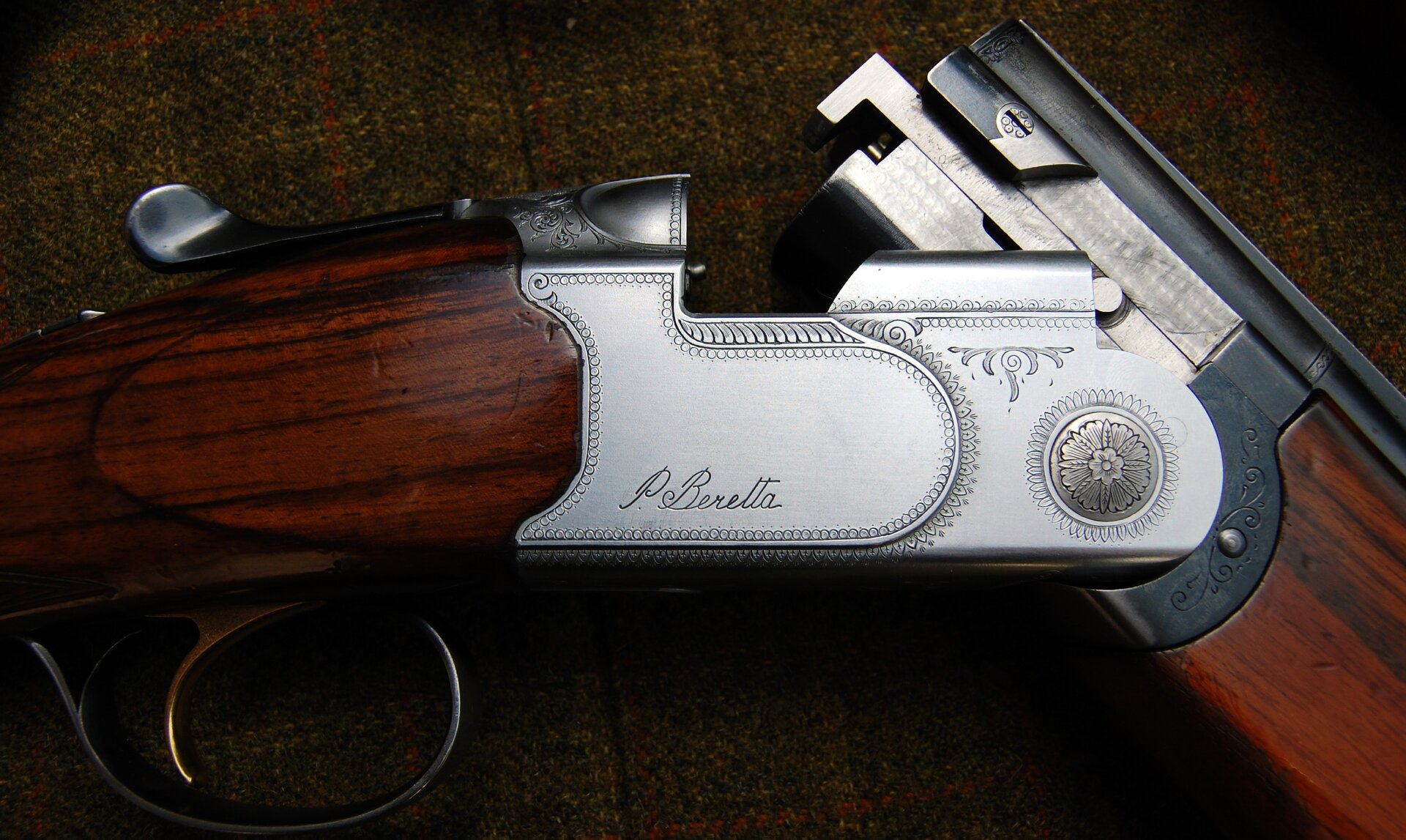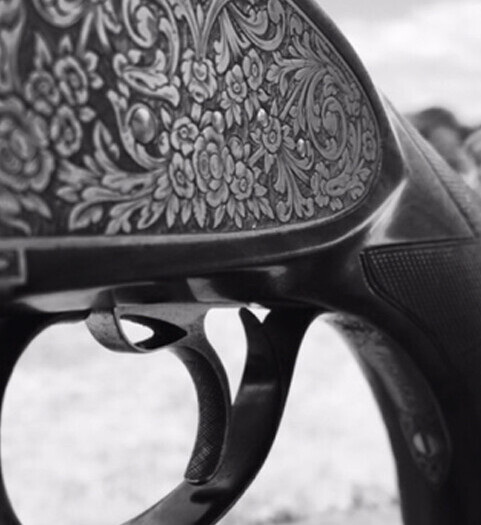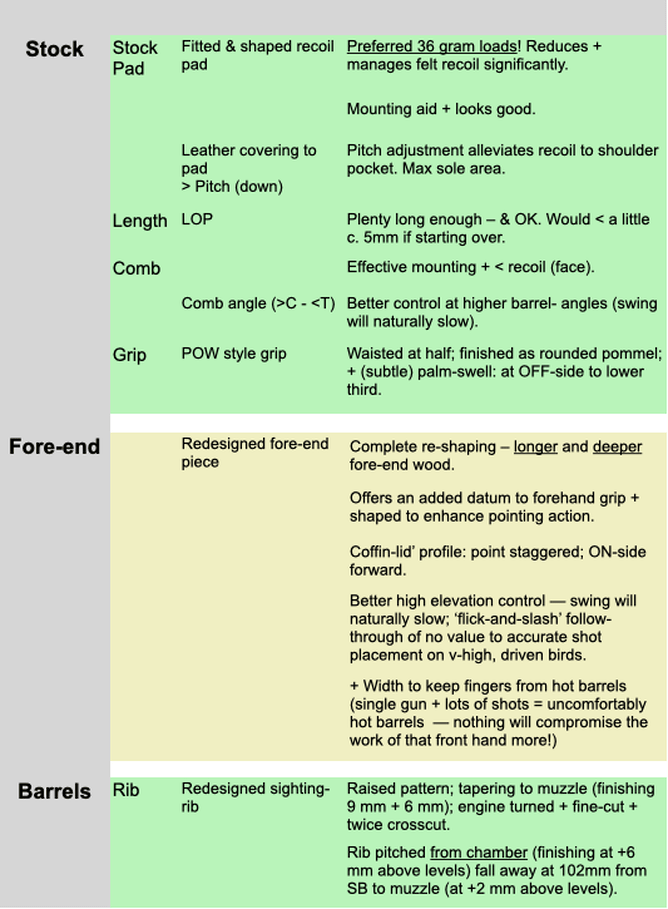“The gun is the essential link between the man and the kind of sport he pursues. It is not enough that it should be well adapted to one or the other. For the best success it must be fully adapted to both.” Gough Thomas.
Convention v innovation in gun design and build
The design of factory produced shotguns and even, overall, the pattern adopted by best guns, is dominated by an established devotion to convention — and why not?
Those building and finishing shotguns have over many years settled to a notion that there is a comfort to being traditional. Traditionalism has a certain aesthetic in shotguns — a way of looking; physical shape and form — adopted as a common rule.
Gun fitting too, the very craft that directs the after-market adjustment of factory design or guides the most exclusive bespoke build, would much rather stick to known territory.
In the fitting of shotguns we have it ingrained within the DNA of the trade to be wary of looking for and recommending things too far from the normal. The fruit that hangs lowest, within comfortable reach, demanding of no unfamiliar effort, is sufficient.
Gun fitting for the specialist shotgun
But then we enter the realm of the specialist shotgun. Here we stretch the concept of gun fitting as far as it will go; scavenge every scrap of information from gun and shooter, with necessary understanding of the performance demanded of a gun under exceptional circumstances.
We push now toward methods of fitting that invest proven gun advantage: the gun set up to contribute even more to a specialist task.
Fit for purpose — building shooting advantage to a shotgun — will extend the theory and technique of fitting to its limit. It is no place for the faint of heart. This is advice offered as much for the client as for the gun fitter!
So, if convention appeals to your nature it is best to stay within the rules — after all, no-one will ever miss what they’ve never had. There is plenty of gun fitting advice out there that will appeal to that end.
Gun fitting for purpose
I am going to relate the concept of fitting for purpose (gun advantage) by sharing a regret. A tale of lost opportunity — and nothing whatsoever, unfortunately, to do with me.
Around 20% of ground enquiries that mention “gun fit” are directed towards first booking a gun fit assessment. This is less involved than formal fitting, is reasonably quick and sits comfortably within a lesson slot.
Assessments are look and see sessions on fit as it stands. Clients tend towards the more experienced, looking for marginal gains, or where guns have been fitted previously but ongoing issues persist.
Why a dedicated, gun fit for purpose is important
Guidance information from booking notes included the following: “12 bore, side-by-side.” “Specially built as a high pheasant gun.” “Best maker, stocked to existing fit.” “Wants to check against measurements taken from fitted pair.” So, a bit more measuring involved in this one.
“I’ve shot most of last year with this new gun,” said the client. “I was recommended to this maker because of the exceptional quality of the work. It is built as a single, solely for high pheasant. There’s no question the gun is excellent, but,”
(a pause to consider what comes next),
“I had supposed,” hesitating again (but this is very much the point of the exercise),
“Well, I feel there should be something more to a gun like this.”
Checking against the matched pair — built to a standard 28-inch barrelled English game-gun pattern — and fitted by the London maker, these were millimetre perfect.
The fitting prescription had been lifted from the pair and transferred superbly to the high pheasant gun. The only concession to the format of the latter was a longer barrel length — 31-inches.
Is there a problem with the fit here? After all fit is fit, right?
Well, in the conventional sense, no: the high pheasant gun had been fitted. But, and this is the nub of it all, the single gun is intended for a dedicated use and fitting could have been re-formatted accordingly. Starting over again, we’d have gone down a defined fit for purpose route.
As the fitting assessment concluded, the inevitable question: “What do you think? Does the single gun fit OK?”
“The short answer is yes,” I replied. “However, the issue of fitting your high pheasant gun could have been approached differently to get at a clear gun advantage.”
Gun feature assessment for a gun re-build
I include a summary table below compiled for the client. These are points I would seek to prove if the high pheasant gun were fitted and built again for shooting purpose.
Why regret? Well, bluntly, this was the best example of gun making I had ever seen. Build quality, regulation and finishing truly superb: a best gun in every sense, delivered by the world’s leading maker.
A super-rare opportunity lost: the chance to give a best gun even better advantage. There was, however, one further essential ingredient left untapped: the courage to have done it. In a world dominated by convention that just could have been the most important part of it all.
“The tools that would teach men their own use would be beyond price.” Plato.
Enjoyed this post and want to know more?
Why not contact us at Glenzier Sporting. Mike Smith has run the Whithorn shooting ground for 20 years and offers teaching lessons and gun fitting.



